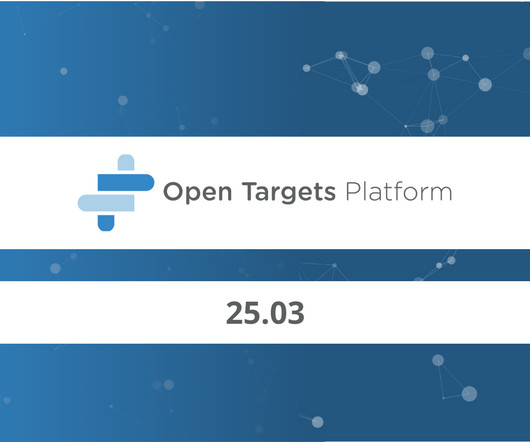Open Targets Platform 25.06 has been released!
The Open Targets Blog
JUNE 18, 2025
The Platform does not have direct genetic evidence to link IFNAR1 to SLE, but there is an approved therapy, Anifrolumab, targeting IFNAR1 for SLE. Directionality annotations for pharmacogenetics data Pharmacogenetics widgets on the variant, target, and drug profile pages now have an additional Directionality column.
















Let's personalize your content